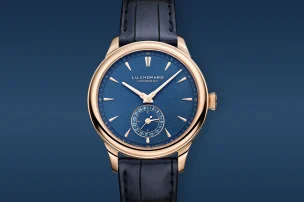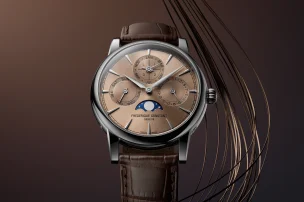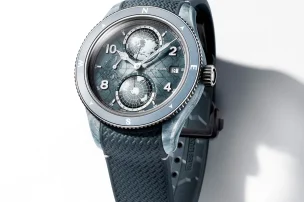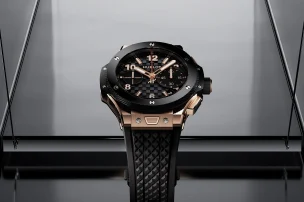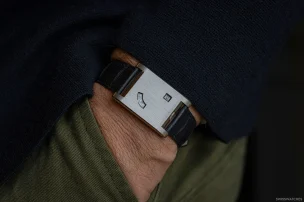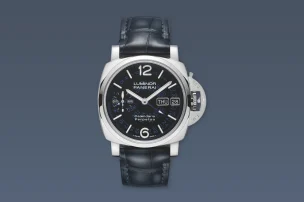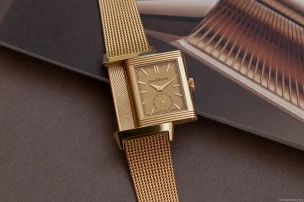
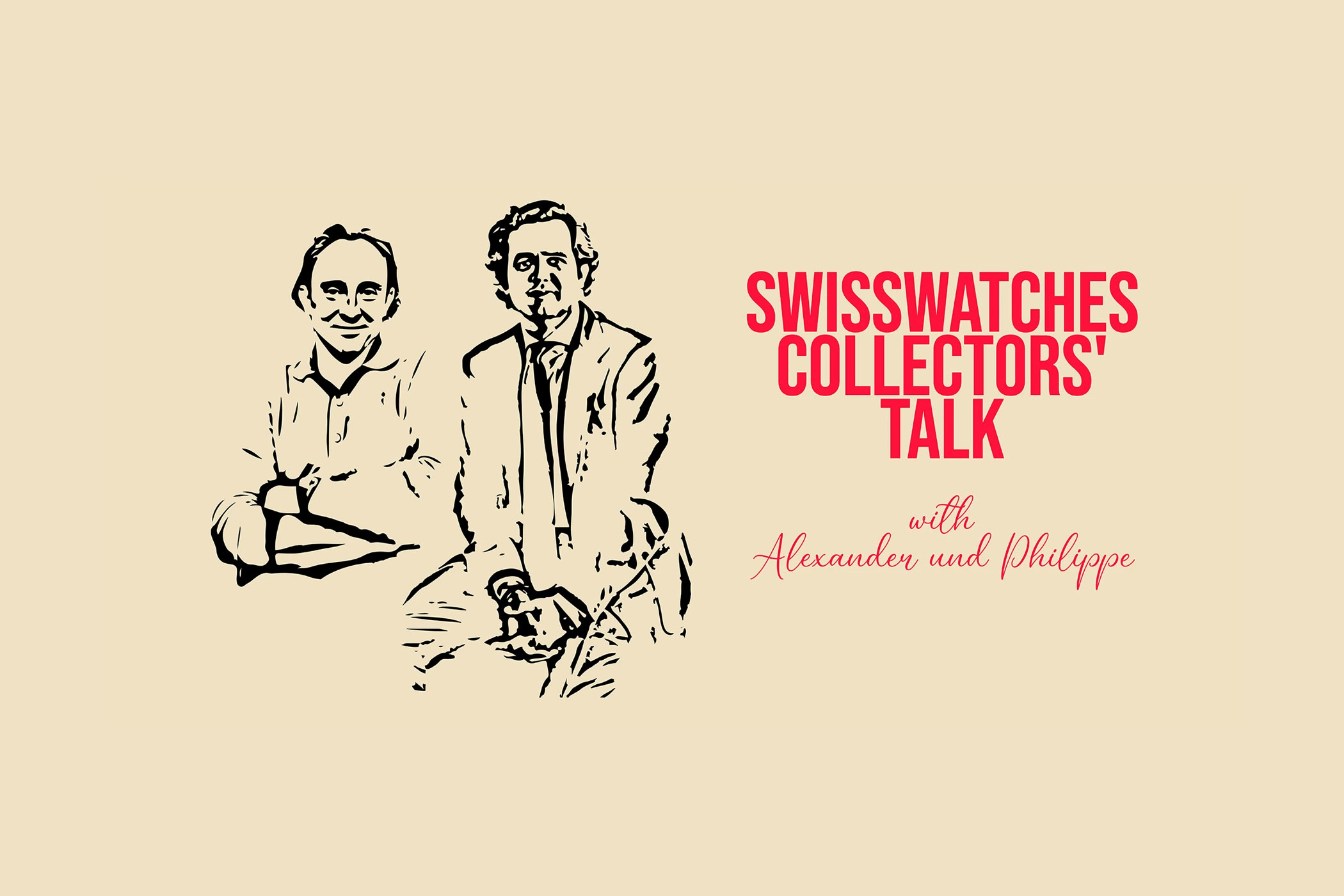
Watches & Wonders 2025: What Impressions Can We Take Back From Geneva?
They are passionate about timepieces and make no secret of it. Our horology enthusiasts Philippe and Alexander reflect on Watches & Wonders 2025 and the lasting impressions of the fair.
Alexander: A few days have now passed since Watches & Wonders – what lasting impressions did you take home?
Philippe: First and foremost: how fantastic Geneva feels beyond the exhibition halls during this week! Watches & Wonders turns the entire city into a kind of open house for watchmaking. I know you spent almost the whole week inside Palexpo, but I would strongly recommend devoting at least one day to visiting the many smaller ateliers and independents in the city. From Rexhep Rexhepi to Simon Brette, Sylvain Berneron and the MB&F team – it’s largely about sharing and spreading a passion for horology.

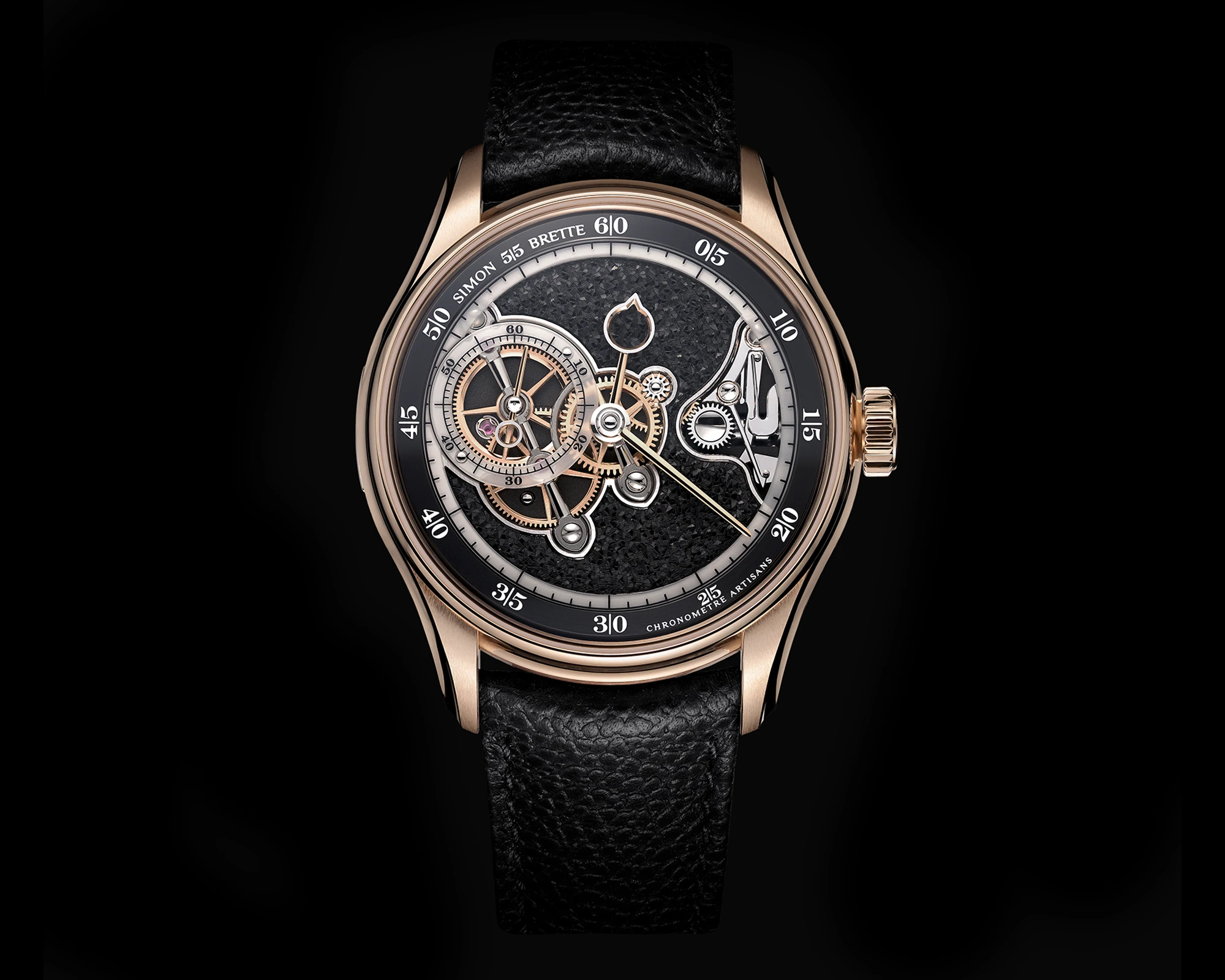

Collectors in this segment also collect differently. If I may put it like this: the motivations and rationale for purchasing a timepiece are, in my view, quite different from those for buying from the big brands. The atmosphere was correspondingly relaxed everywhere I went – even recent US customs news barely made a ripple. With these makers, you become part of a family simply by owning a watch. I may never have the opportunity to buy a Rexhep Rexhepi in my life, yet there I was, acting as an unofficial guide through the old town, enthusiastically telling passers-by about Rexhep’s extraordinary pieces.
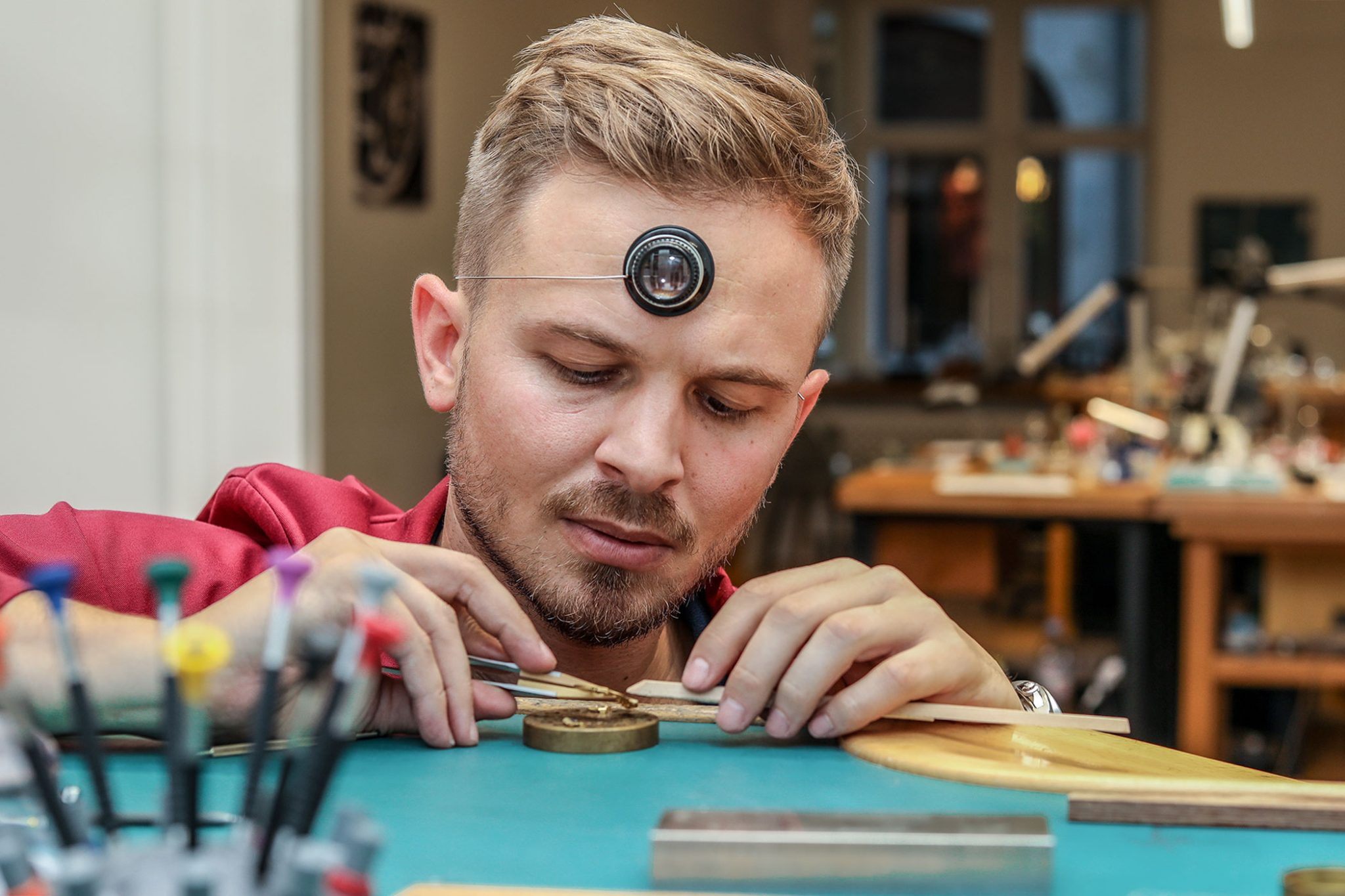
At the same time, I found the actual Watches & Wonders fair to be absolutely impressive. Just look at the “Solaria” by Vacheron Constantin – what a timepiece! So complex, and yet – at least theoretically – wearable in both format and design. Do you think Thierry Stern of Patek Philippe might have choked on his espresso when he heard about the most complicated watch in the world?
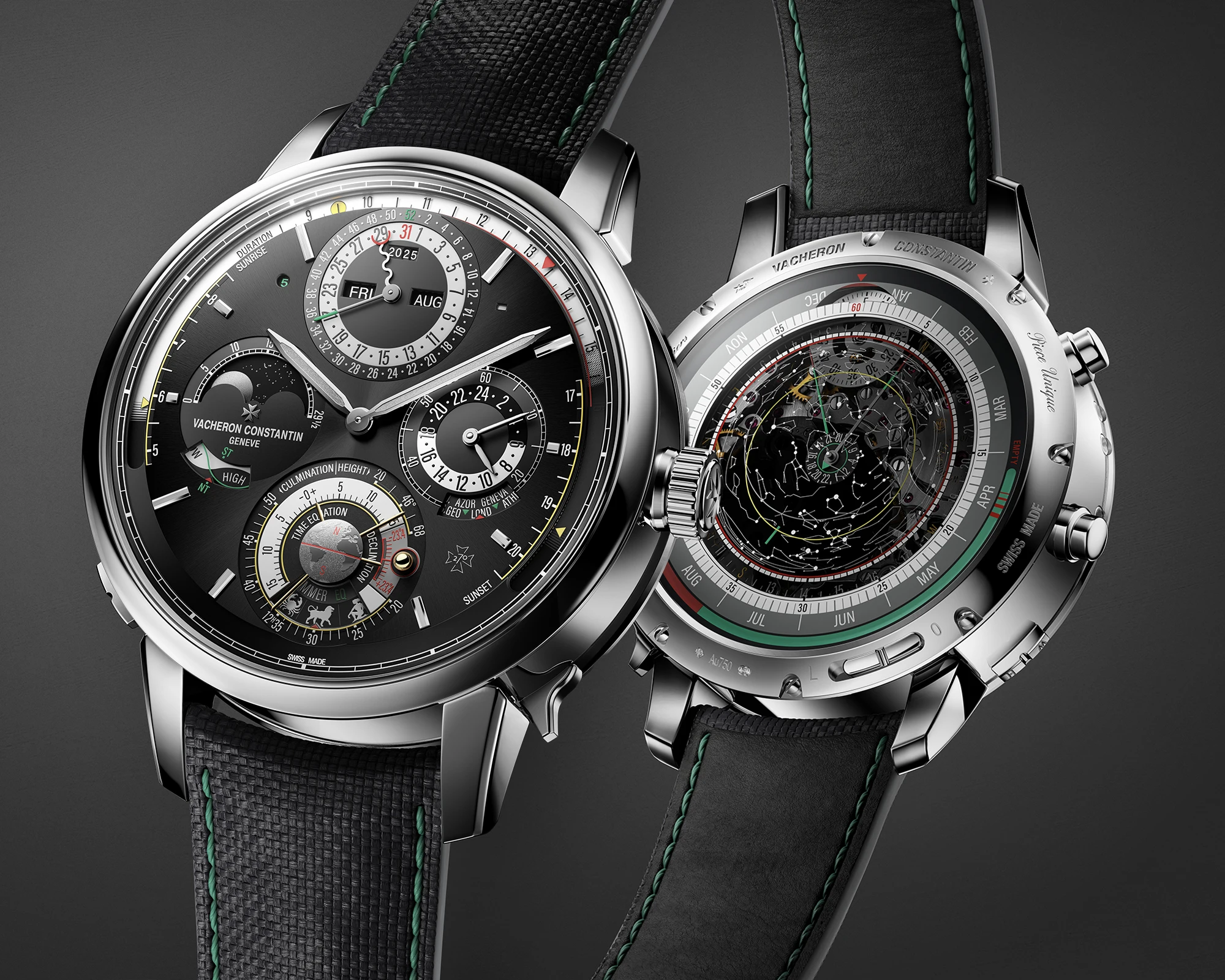
Alexander: No, I don’t think he’s that easily rattled. On the one hand, Patek Philippe presented a broad and impressive range of new models, and on the other, the brand communicates quite differently than Vacheron Constantin. That said, I too was incredibly impressed by Vacheron’s presence at the fair – starting with the Solaria, of course, but also the other launches for their 270th anniversary were consistent and very well executed. It’s no surprise the brand has grown so strongly in recent years. That said, it’s worth noting: the Solaria is a unique piece and must have been incredibly complex to develop. Thierry Stern, on the other hand, produces references like the 6300 as part of his regular collection – and although production numbers are low, with a price tag starting at €3.1 million, those models are bound to generate healthy revenues.
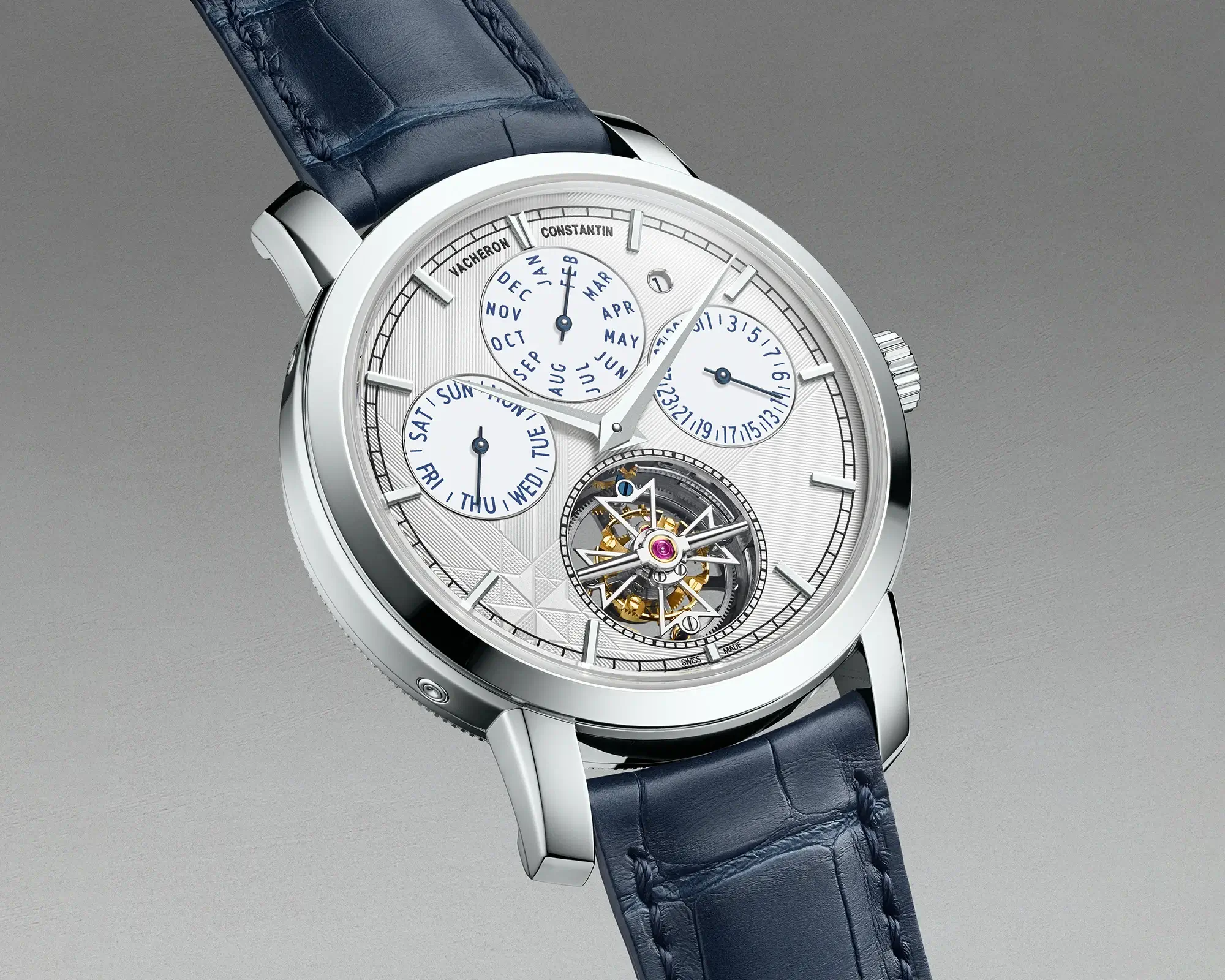
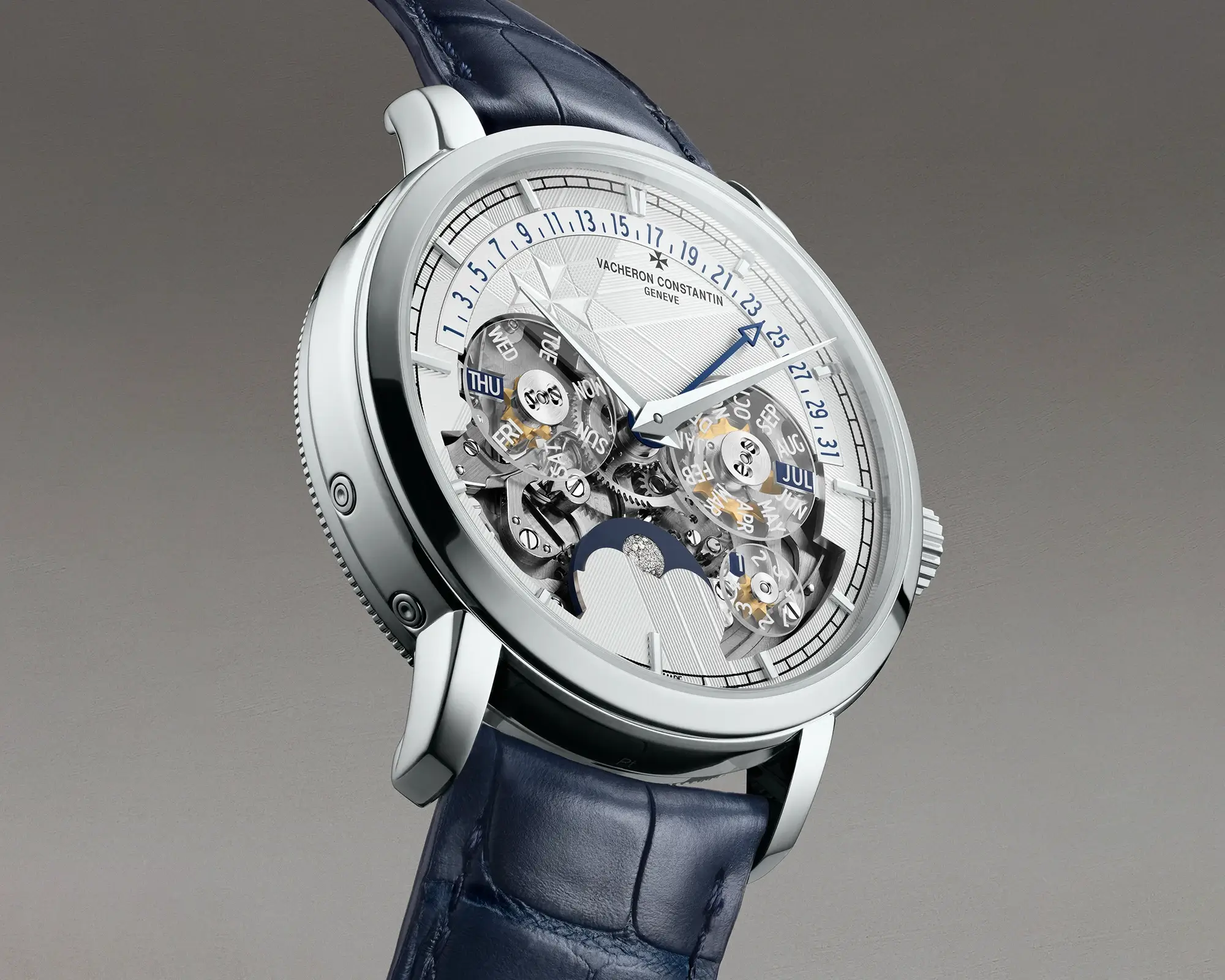
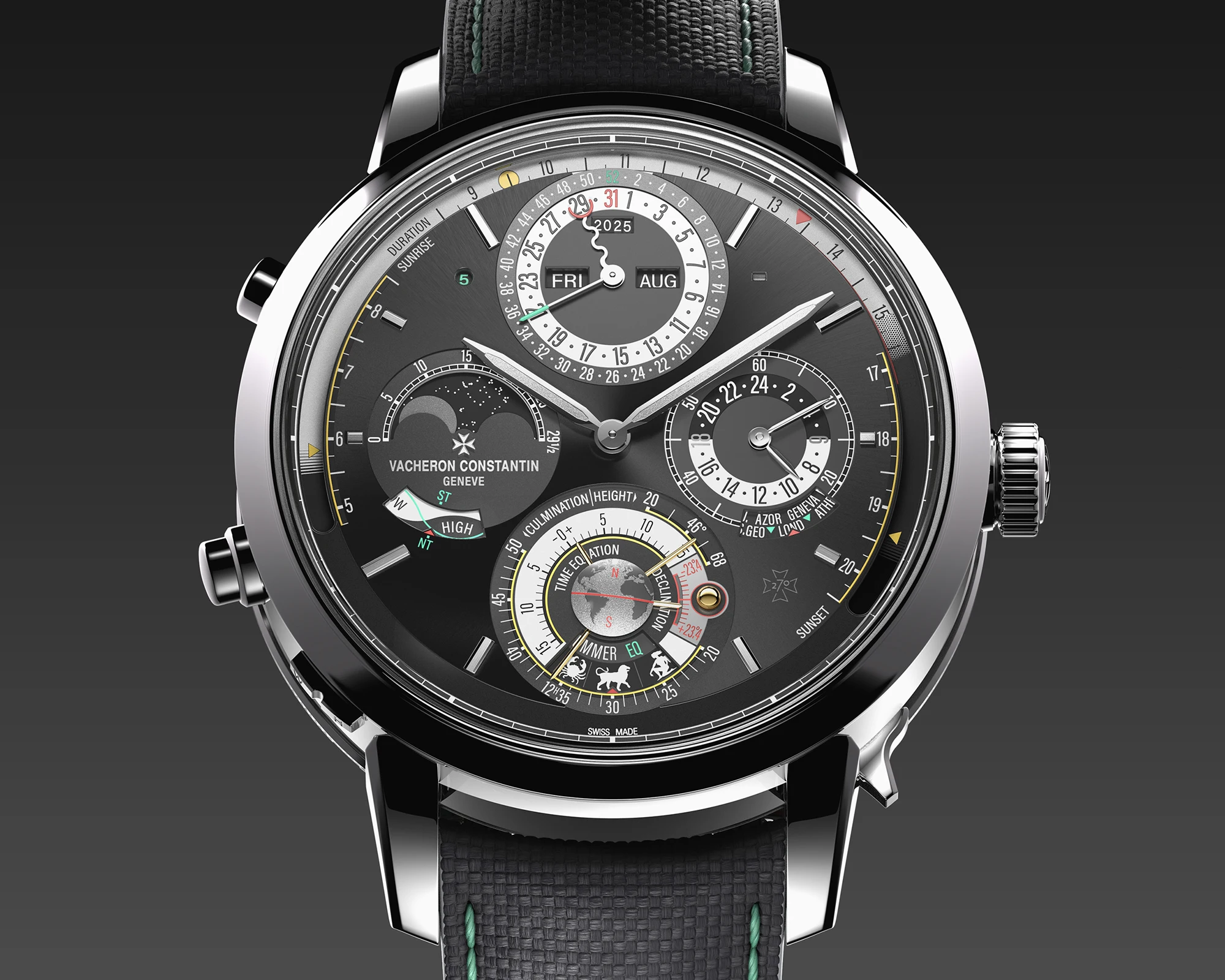
Philippe: Absolutely. For me, the new releases from Patek Philippe were true collector’s timepieces. There may not have been a single sensation that broke the internet, but there was a whole array of references that are bound to delight fans of the brand. The platinum Calatrava “Reference 6196P” was a real showstopper in my eyes – personally, I tend to look for something different in watches, but if you’re into classic dress watches, then this release is impossible to overlook. Or the “Reference 6159G”, the perpetual calendar with retrograde date and a sapphire crystal dial – that particular complication never appealed to me in earlier iterations, they always felt a bit too senior. But this version, to me, is the perfect modern Patek.

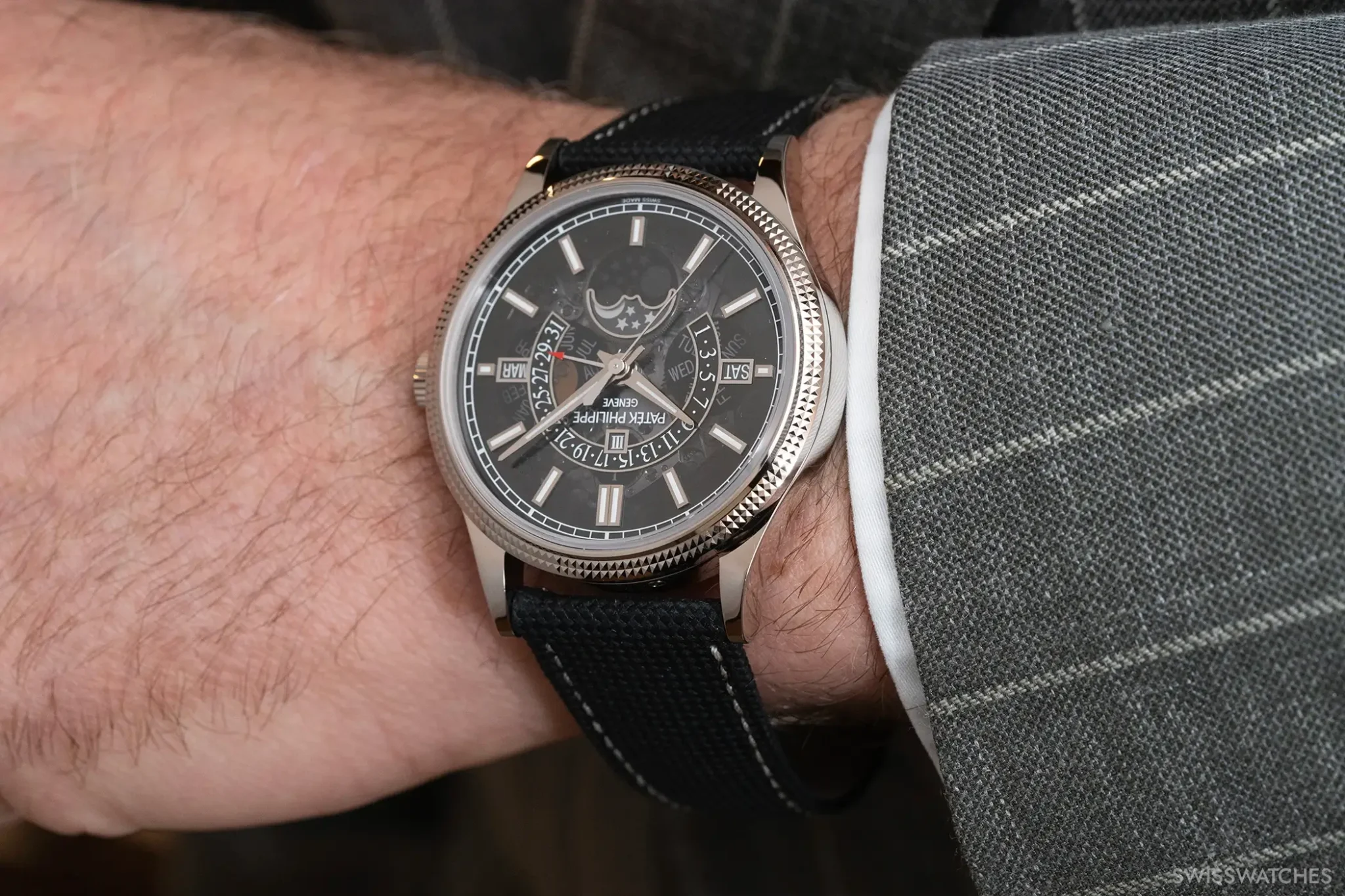
Alexander: Definitely. One takeaway from our time in Geneva: the brands and maisons are eager to move forward. Of course, the pursuit of records makes that highly visible – we’ve already mentioned Vacheron Constantin, but Ulysse Nardin presented the world’s lightest diver’s watch, Bulgari unveiled the thinnest tourbillon, and Grand Seiko’s “Spring Drive U.F.A. SLGB003” from the “Evolution 9 Collection” delivered a level of precision where deviation is no longer measured in days or even months, but in a mere 20 seconds per year.

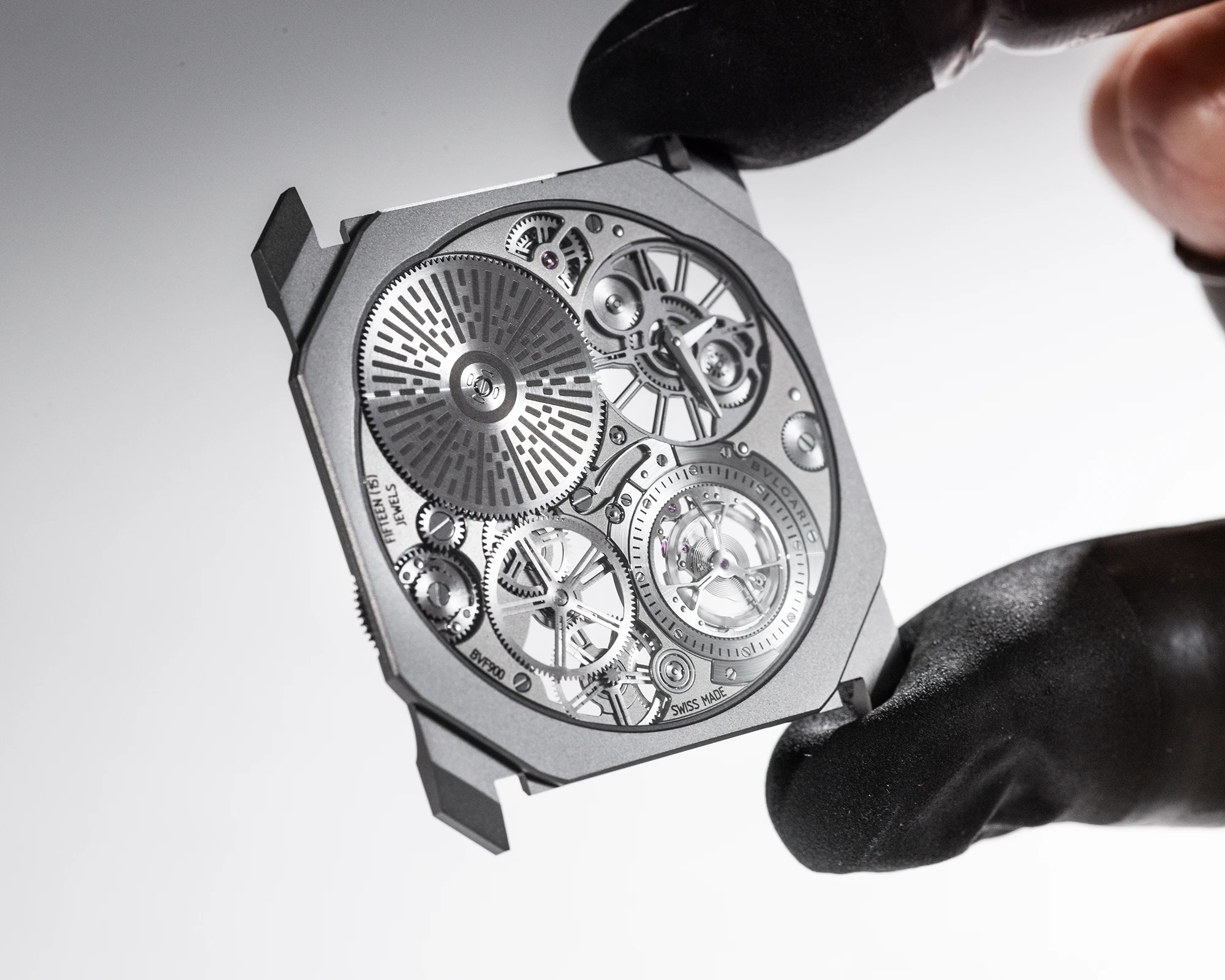
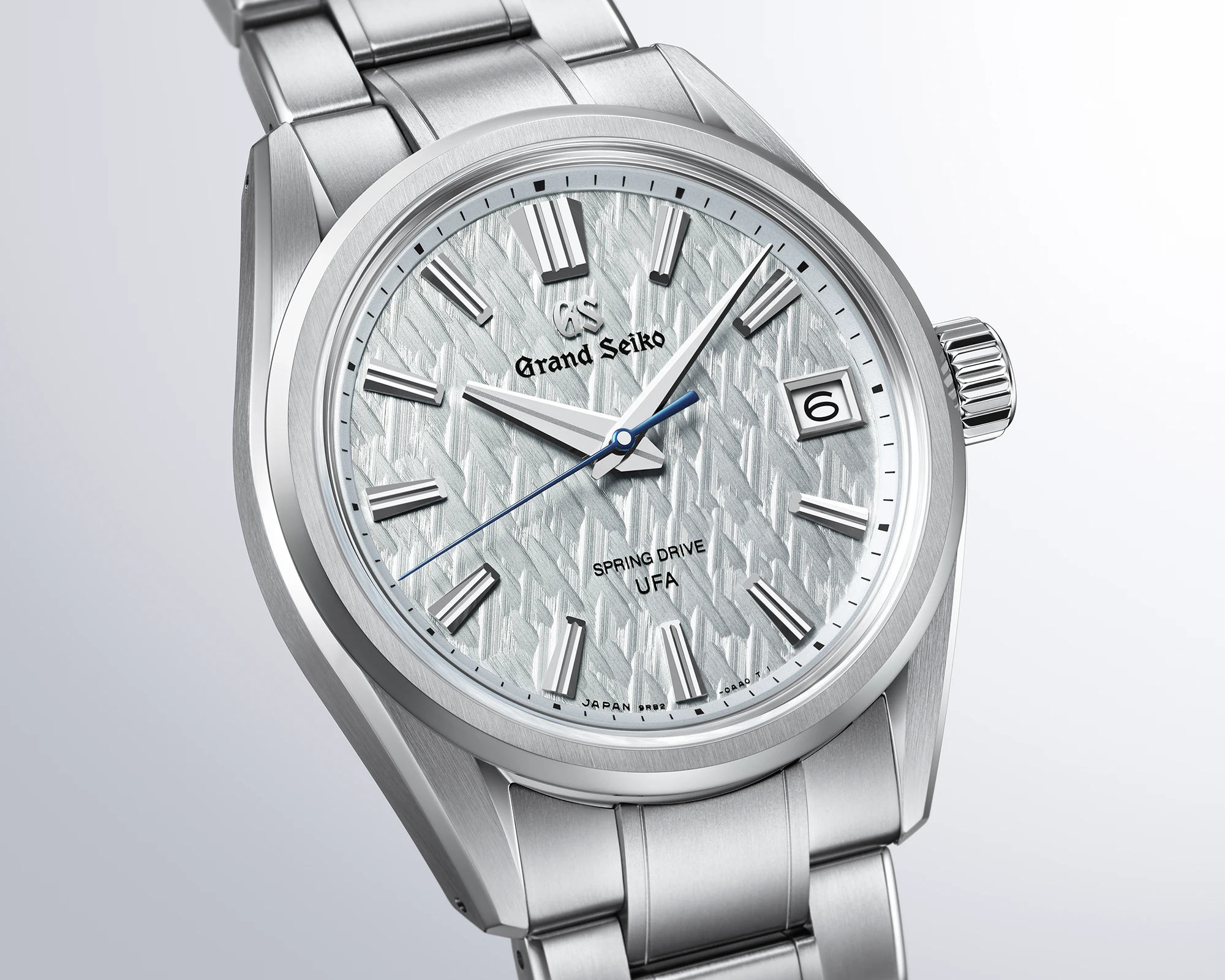
Beyond these record-breaking efforts, there are plenty of signs that ambition is alive and well elsewhere too: Nomos, with the “Club Sport Neomatik Weltzeit”, has produced an impressively slim World Timer at a fair price – and stepped into relatively unfamiliar territory with that dynamic design. IWC, meanwhile, has refined the “Ingenieur” with gold variations and a perpetual calendar. And then there’s Rolex, which has truly raised the bar with the “Land-Dweller”: a completely new model line featuring a calibre that sets a new benchmark.
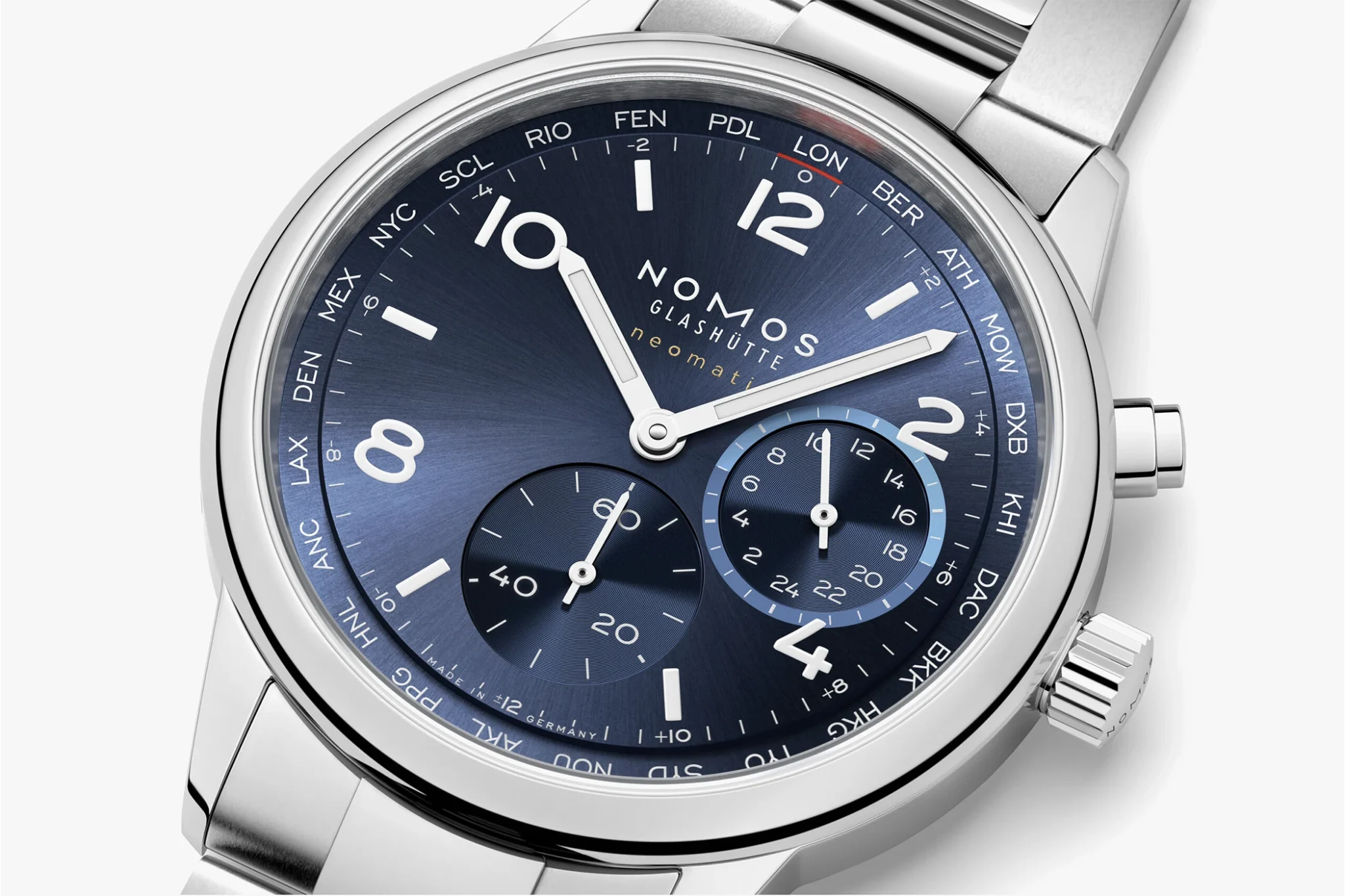
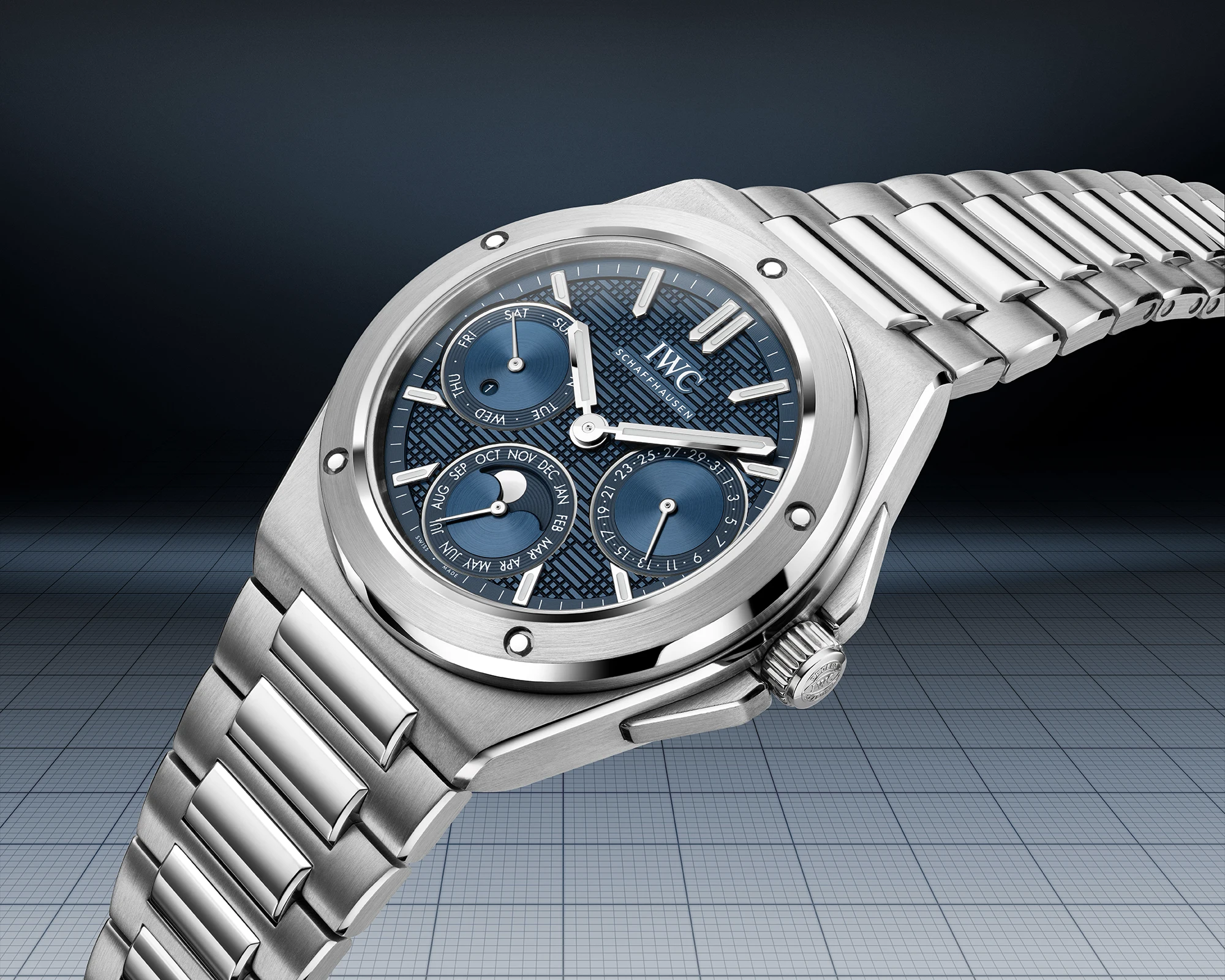
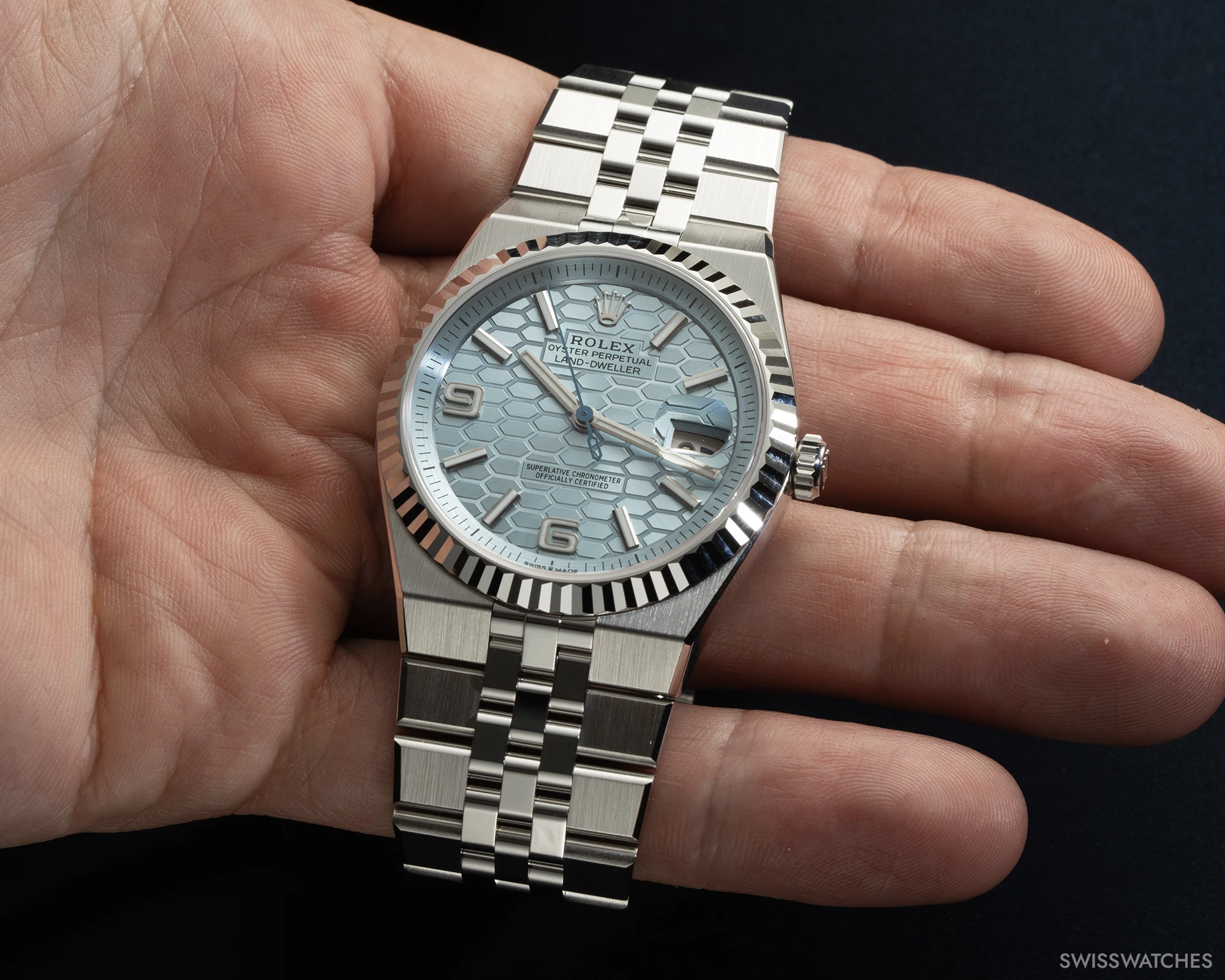
Philippe: A fantastic watch – although I must admit, I fell a little harder for the new “Daytona” versions with the Oysterflex strap and meteorite dial! Unlike you, I haven’t had the chance to try on the “Land-Dweller” yet – if Rolex wants to change that next year, I’ll happily volunteer! That said, the watch really brings the best of both worlds: its design is rooted in heritage, while the new movement with the display caseback clearly signals where Rolex might be heading in terms of future developments. I also think it’s a brilliant strategic move to position the watch in the price segment between the Oyster Perpetual and the Day-Date – without cannibalising either. It’s a smart way to generate significant new revenue with a truly strong product.


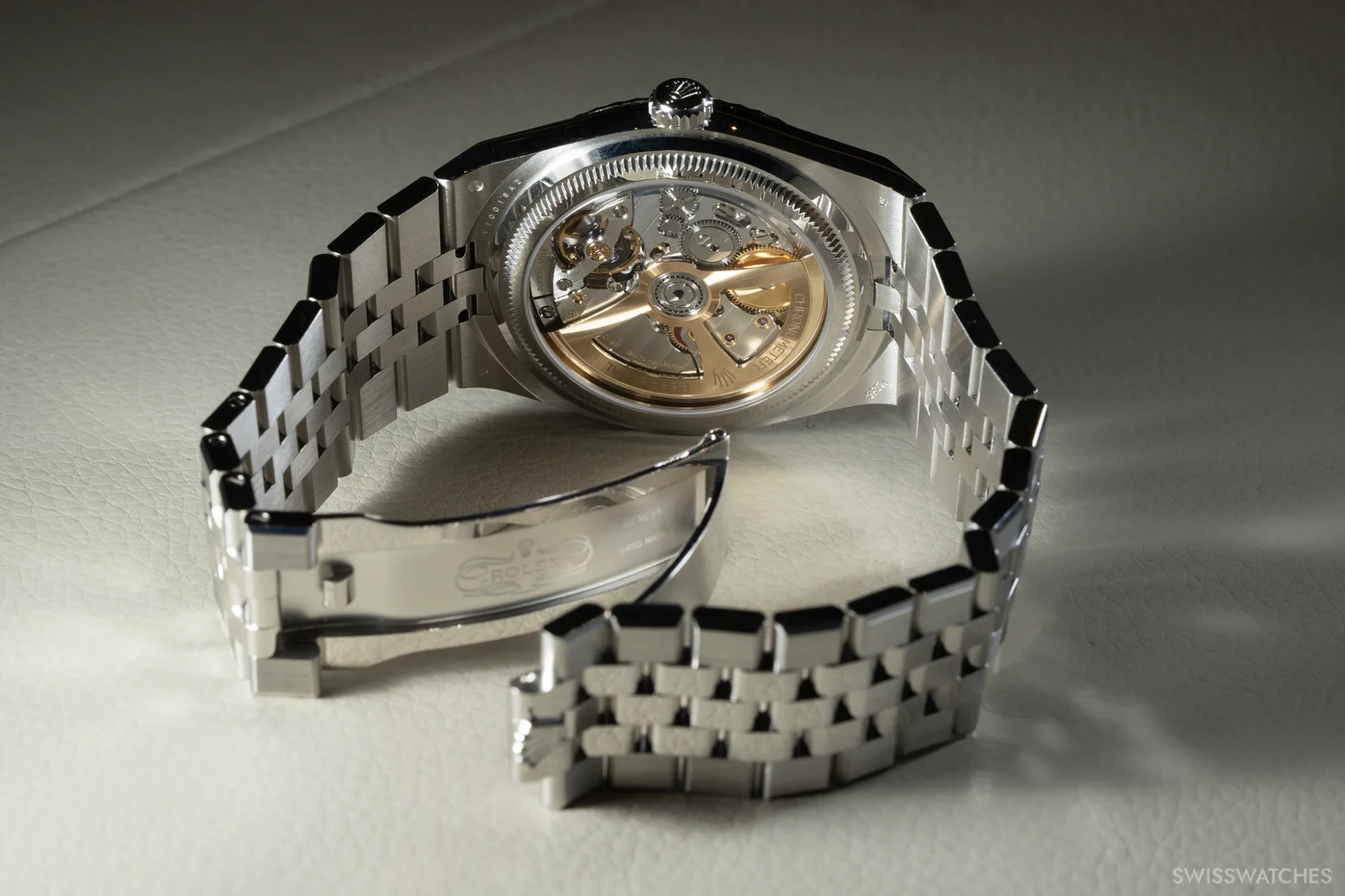
Alexander: You really can’t ignore the fact that every brand is pushing prices upwards. No matter the segment, prices are rising across the board. I won’t go into specific models, but when a fairly straightforward quartz piece on a rubber strap is introduced at nearly €2,000, or when other brands price themselves alongside Patek or Rolex without offering anywhere near the same long-term value, I find myself shaking my head time and again.
Philippe: That’s precisely why I have a lot of respect for maisons like Frédérique Constant. They’ve reworked their perpetual calendar and are offering it for under €10,000. What they’re doing is fundamentally sound: producing classic timepieces with attractive aesthetics and solid product quality – all at a very competitive price point.
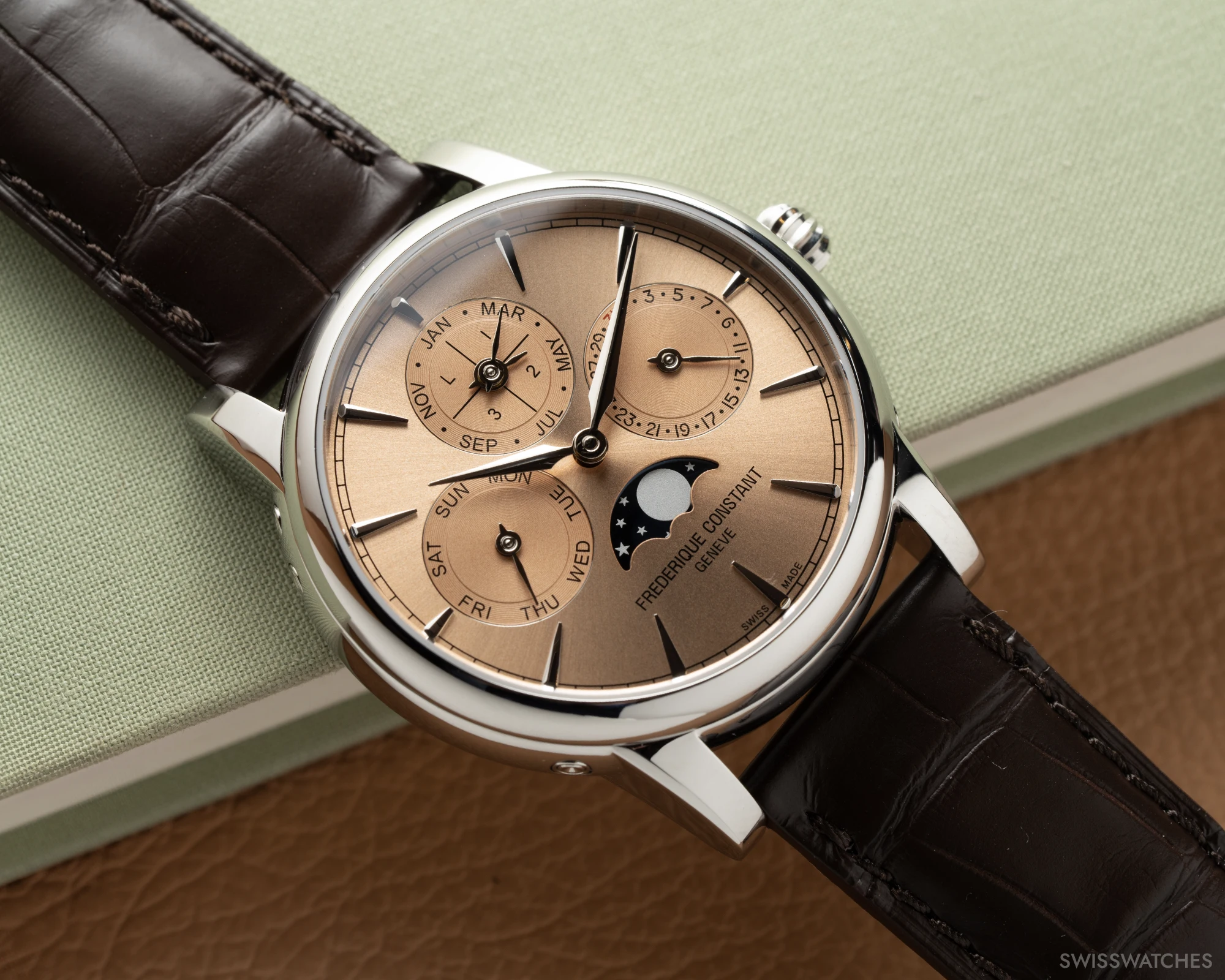
Alexander: Absolutely. With a bit of distance, what I’ve come to appreciate most after this fair are those maisons that manage to stand out through distinctive storytelling around their new releases. It starts with Ressence and their oil-filled “Type 7” with a titanium bracelet, and certainly doesn’t end with the poetic complications from Van Cleef & Arpels or Hermès.

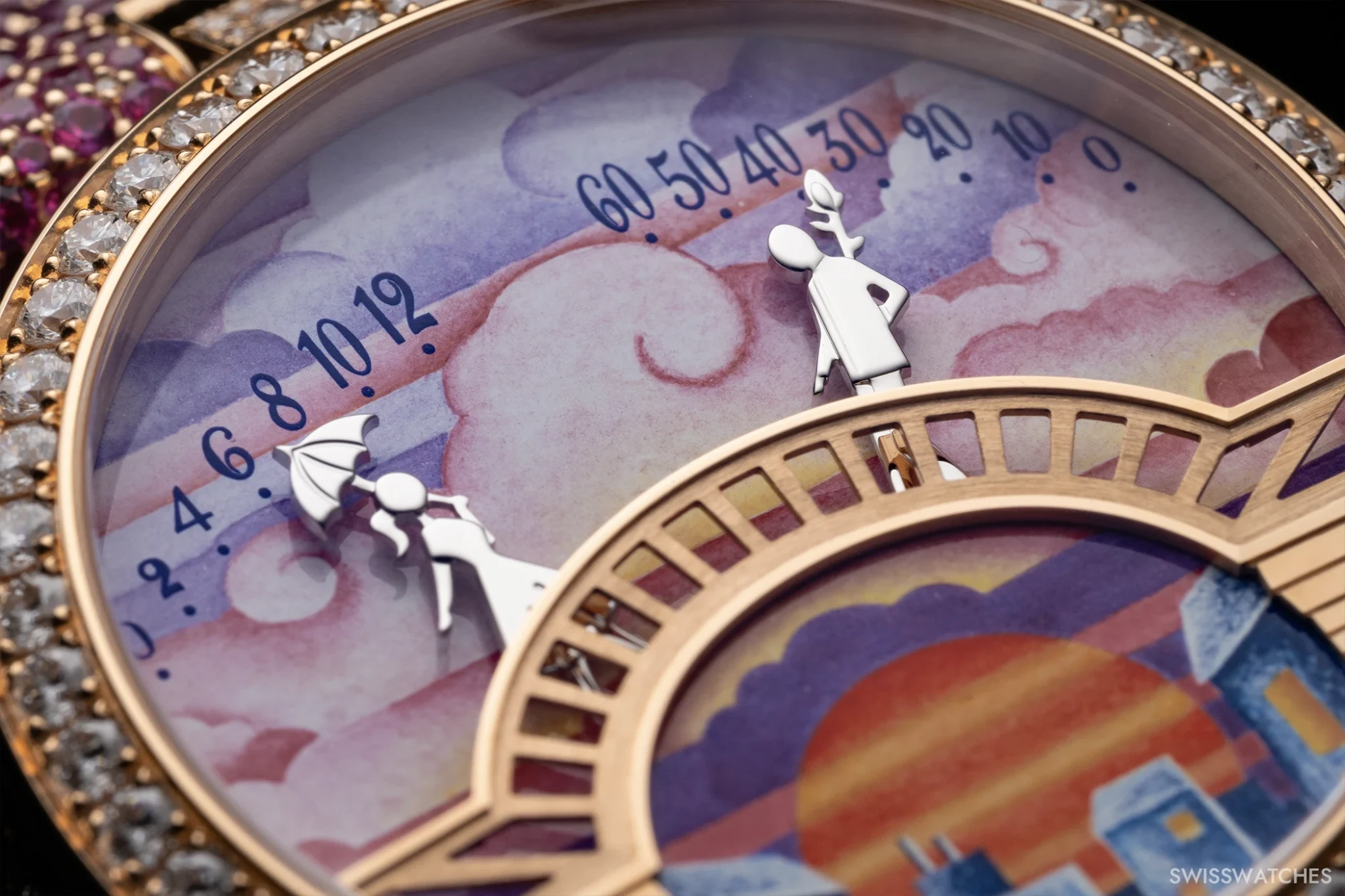
Philippe: At this point, I really must mention Cartier. Over the past few years, they’ve done an incredible amount right. From the entry-level luxury segment to the high-end collector’s tier, the maison serves clients with a wide range of expectations – and does so successfully. That’s clearly evident in the Privée collection, where, among the four different “Tank à Guichets” models, only the platinum version still comes with a numerical limitation. That wasn’t the case last year. I think it’s a fantastic watch, and Cartier absolutely has every reason to present itself with confidence. In my view, the maison captures the spirit of the times perfectly while never losing sight of its heritage. If every brand at Watches & Wonders could operate on this level, the industry would be in a much stronger place.


